How to propagate pelargonium by cuttings yourself at home
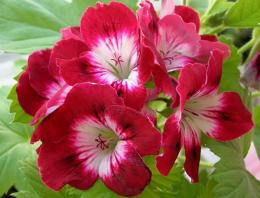
Due to circumstances, a common houseplant called pelargonium is most often called geranium in everyday life. There is hardly a lover of indoor floriculture who does not know this flower. Despite the appearance of varieties not only with red, but also with white and pink flowers of different shades, pelargonium cannot be confused with any other potted crop. Let's try to find out the difference between indoor geraniums, how to care for them and how to propagate pelargonium cuttings on one's own.
Content:
- Pelargonium or geranium?
- How to prepare pelargonium cuttings
- Rooting pelargonium cuttings in the ground
Pelargonium or geranium?
Geranium and pelargonium are two different genera of plants, the genus Geranium and the genus Pelargonium of the Geraniaceae family. Pelargoniums are most often grown on windowsills in houses, and geranium is mainly a garden plant. In addition, geranium grows in the wild in many European countries, including Russia, where it is most often called crane grass. Pelargonium is a heat-loving resident of South Africa, who at one time came to Europe on ships. Pelargonium flowers are asymmetrical, the two upper petals are larger than the three lower ones. Unlike pelargonium, geranium flowers have symmetrical petals of the same size.In temperate climates, pelargonium does not overwinter in open ground, although when grown in pots and containers in the summer it becomes a decoration for gardens, gazebos, and loggias.
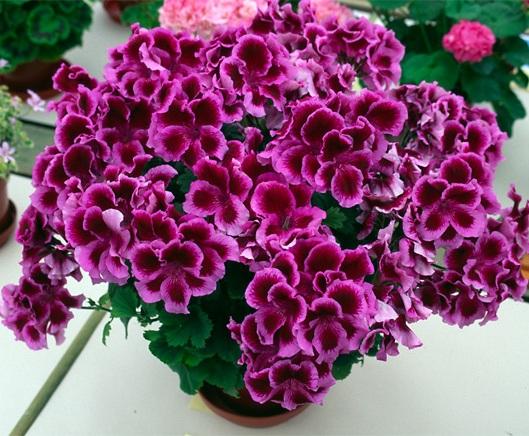
At one time, it was classified in one genus Geranium by K. Linnaeus himself, but when it was established that these two plants do not interbreed and do not produce interspecific hybrids, they were divided into different genera. In indoor floriculture you can most often find the following types of pelargoniums:
- royal, large flowers up to seven cm in diameter
- zonal, the most common, flowers can be double, semi-double, simple
- unique, old group, flowers similar to royal ones, but smaller in size
- ivy-leaved, ampelous forms with long shoots up to a meter
- fragrant, the flowers are often small, but the leaves have a strong aroma
All pelargoniums are easy to care for and reproduce seeds and cuttings. At home, it is better to propagate flowers by cuttings to preserve the quality of the varieties.
How to prepare pelargonium cuttings
There is a legend about how pelargonium appeared and took root in indoor floriculture. They say that one day, returning home drunk, one man was thinking about how to avoid a scandal with his wife. He saw a bright red flower on the side of the road, he picked it and brought it into the house. While the wife was examining the gift and putting it in the water, she forgot to scold her husband. A few days later, the pelargonium took root and was transplanted into a pot. And over time, the flower grew and scandals in the house became rare, and the husband stopped abusing alcohol. Perhaps this is just a fairy tale, but pelargonium really reproduces well by cuttings, which easily take root both in water and in soil.
In addition, pelargonium is a fairly long-lived plant, but as it grows, the lower part of the stem becomes bare and the plant loses its decorative effect. To avoid this, every three to four years the plant needs regular renewal; this can be done by rooting a new cutting. This method is suitable for literally all types of pelargoniums.
It is better to cut cuttings for propagation from strong shoots with a diameter of about one cm. It is important not take cuttings already lignified stems. It is desirable that on each cutting the number of buds is not less than three and more than five. If there is a peduncle on the stem, then it is completely removed before cutting the cuttings.
The optimal length of pelargonium cuttings for rooting is from 10 to 15 cm. Make the lower cut obliquely, at an angle of 45 degrees. The top cut is straight. All operations are done with a sharp, clean knife. It is advisable that the cuttings have a couple or three leaves.
Before rooting, the lower cut can be powdered with root or activated carbon and slightly held to dry in the open air in a place inaccessible to direct sun. Taking into account the fact that the simplest varieties of pelargoniums, such as zonal non-double ones, take root best in water, while luxurious double or royal varieties may not take root in water, it is advisable to root the prepared cuttings in prepared soil.
Rooting pelargonium cuttings in the ground

If the pelargonium cuttings do not need long-term special preparation before planting, then priming prepared in advance for rooting. Even if you use a ready-made soil mixture from the store, it must be well calcined at a temperature of + 200 degrees in a household oven.It is advisable not to take soil in which other flowers grew to root pelargonium cuttings. Considering that pelargoniums are undemanding to the composition of the soil, you can mix three parts of garden soil with one part of sand.
Steam the soil in the oven or pour boiling water over it the day before. It is best to root cuttings in 200 ml plastic cups or small pots. Make drainage holes in them and fill them with prepared moist soil. Bury the cutting 2-3 cm into the ground. There should be no leaves on the buried part of the stem. If the soil was sufficiently moist, then in the first two to three days the cuttings are not watered. In the future, water about every other day, but without allowing the soil to dry out or become waterlogged.
The roots of pelargonium cuttings grow in about 15 days. A sign of this is the appearance of young leaves and the growth of the cuttings in length. Flowers on rooted cuttings appear after three to six months. They may bloom the earliest transplanted cuttings of zonal pelargoniums with simple flowers. Any gardener can master the propagation of pelargoniums by cuttings, which is very important when breeding rare varieties that are difficult to buy in a store, but can be found in private collections. Many pelargonium lovers can willingly sell several varietal cuttings, and if the above conditions are met, rooting occurs successfully in 90% of cases.
Video about propagating pelargonium by cuttings:
Interesting information about the vegetable garden

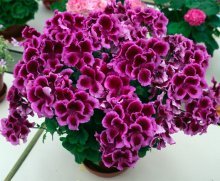
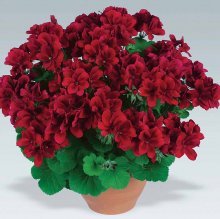
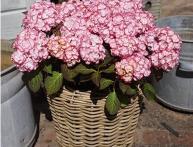
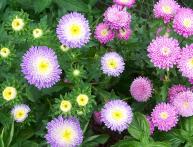

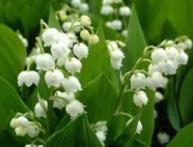
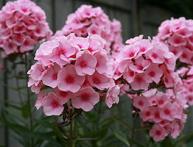

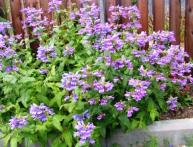
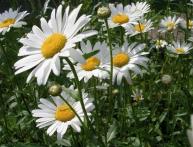
Comments
I love pelargonium for its abundant flowering all year round. It is easy to care for and blooms beautifully. And its specific smell also repels pests from neighboring flowers. And I propagate it quite simply - I put the cuttings in boiled water with the addition of activated carbon.And after a while small white roots appear.
Indeed, no matter how many times I tried to root a pelargonium cutting in water, it never gave roots; it only took root if I planted it directly in the ground and covered it with a glass jar.